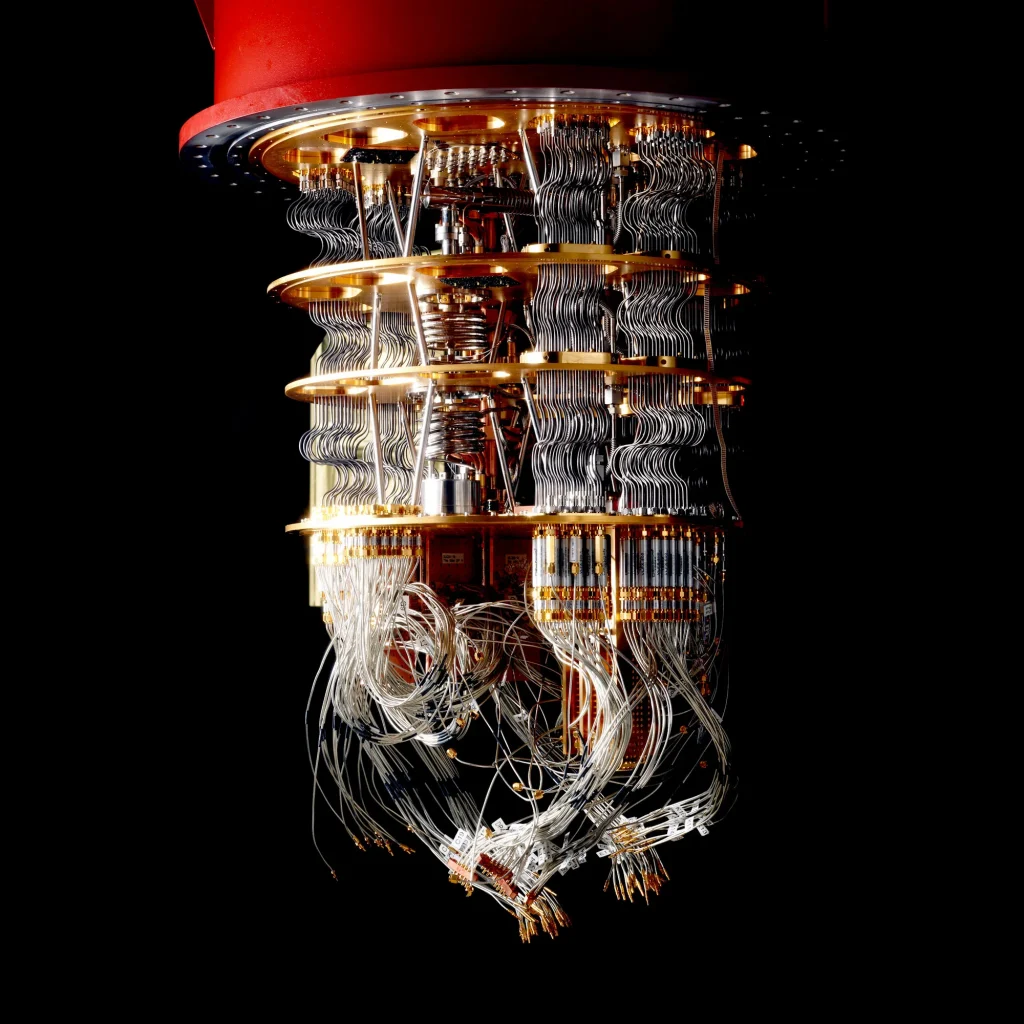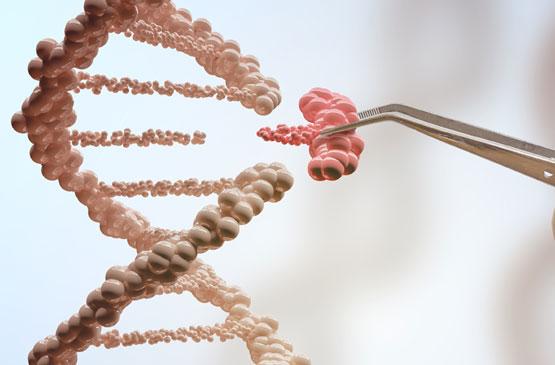
Quantum what?
Classical computers exploit the properties of transistors to perform calculations, the same transistors that follow Moore’s law; yes, we know them. What is interesting is that transistors can work on binary information, the famous bits that can be equal to the values 0 and 1, true and false, on and off. All hardware works through these ridiculous simple operations, but on an enormous scale. Quantum computers, on the other hand, exploit the quantum properties of particular circuits (called quantum circuits) to process information that is significantly greater than that of normal transistors. But how does it do that, and what are quantum properties?
While we certainly do not wish to presume to be able to effectively simplify such a complex subject, I will do my best to explain what a “quantum-bit” (qubit) is. On paper, the qubit, like the bit, can return two pieces of information when it is read: 0 and 1. However, thanks to the qubits’ ability to assume an infinite number of states before measurement and the possibility of them influencing each other (so-called quantum entanglement), the quantum circuit can perform considerably more complex algorithms using less energy and less physical space than a traditional supercomputer (a computer with an immense number of CPUs).
Feel confused? Then we are on track.
Quantum computing does not share many (if not any) aspects with the physics behind computers as we know them today. Hence, a quantum computer operates following a non-classical computation model: while traditional models (supercomputers) are based on “classical” representations of computational memory, a quantum computation can transform memory into an overlap of several states (0,1) of a classical type (Sher, 2021). In traditional computing, four bits can be in 2^4 different configurations, 16 of which only one can be used simultaneously. Conversely, qubits find themselves in a special subatomic state called “superposition, ” enabling them to simultaneously be in all of those 16 configurations. More interestingly, with each extra qubit, the number of configurations grows exponentially, meaning that, for instance, 18 of them can already store a value of 262.144 (2^18) configurations. 64 regular bits can equally represent this huge number (2^64=18,446,744,073,709,600,000 combinations). To compute such information load would take an average computer approximately 400 years. This means that quantum computers could process problems that are essentially impossible for “classical” computers (O’Neill, 2021)
The incredible state of quantum computing today
All the world’s major superpowers are active in the quest for quantum computing, particularly the United States, Europe and China. Today, the leading private players in this race to exploit the quanta are Google and IBM. In 2021, IBM unveiled the largest quantum computer currently in existence, the 127-qubit Eagle. The U.S. multinational has also declared that it may be able to break the hitherto unimaginable barrier of 1000 qubits in a single processor by 2023, effectively establishing technological supremacy in the field (Chow et al., 2022).
What about the EU?
The European Union has included the development of quantum computing technologies among the strategic objectives of the European Digital Decade. Since June 2019, all 27 EU states have signed the European Quantum Communication Infrastructure (EuroQCI) Declaration (The European Quantum Communication Infrastructure (EuroQCI) Initiative, 2022).
The common goal is to build a shared communication network between all quantum computers in Europe to ensure an incredible development of technological competitiveness worldwide and, above all, unprecedented cyber security. The target year is 2027. The EuroQCI is at the heart of the latest European cyber security strategy and will strengthen the protection of government institutions, data centres, hospitals, power grids, and other strategic entities. Delving into the subject and being prepared to face these challenges is an excellent opportunity for young Europeans who want to specialise in innovative areas (The European Quantum Communication Infrastructure (EuroQCI) Initiative, 2022).
What will we use it for?
Quantum computation can be used in various fields that require high computing power, which is unattainable by classical supercomputers. Some of these applications can be cryptography, search problems in non-indexed databases and machine learning. Quantum technology is one of the most electrifying scientific challenges of the new millennium. We will witness a change in the computing paradigm we haven’t seen since the 1970s with the commercial spread of the first personal computers. Soon, the ability to execute incredibly complex programmes in a short time will be within reach of more and more people. Those who are far-sighted enough to anticipate this epochal change by getting ahead of the curve by acquiring collateral skills in quantum computing will be able to exploit a powerful lever to enhance their careers or invent new business opportunities.
Leave a comment; I am curious.
This topic inevitably creates the incentive to think about the future of this technology. The past has not shown a beautiful first implementation of breakthrough technology (Einstein discovers relativity => H-Bomb.) I want to leave you with these discussion questions:
- What are the implications of quantum computing for data security and privacy?
- How could quantum computing be used to develop new drugs and materials?
- What are the ethical implications of quantum computing?
And lastly:
If you had a quantum computer just for you. What would you do with it? 👀
References
Chow, J., Dial, O., & Gambetta, J. (2022, February 16). IBM Quantum breaks the 100‑qubit processor barrier. IBM Research Blog. Retrieved October 16, 2022, from https://research.ibm.com/blog/127-qubit-quantum-processor-eagle?lnk=ushpv18nf2
O’Neill, P. H. (2021, November 8). The US is worried that hackers are stealing data today so quantum computers can crack it in a decade. MIT Technology Review.
Sher, A. (2021, November 18). What is quantum computing? AlifBey. https://alifbey.tech/en/what-is-quantum-computing/The European Quantum Communication Infrastructure (EuroQCI) Initiative. (2022, October 12). Shaping Europe’s Digital Future. Retrieved October 16, 2022, from https://digital-strategy.ec.europa.eu/en/policies/european-quantum-communication-infrastructure-euroqci



